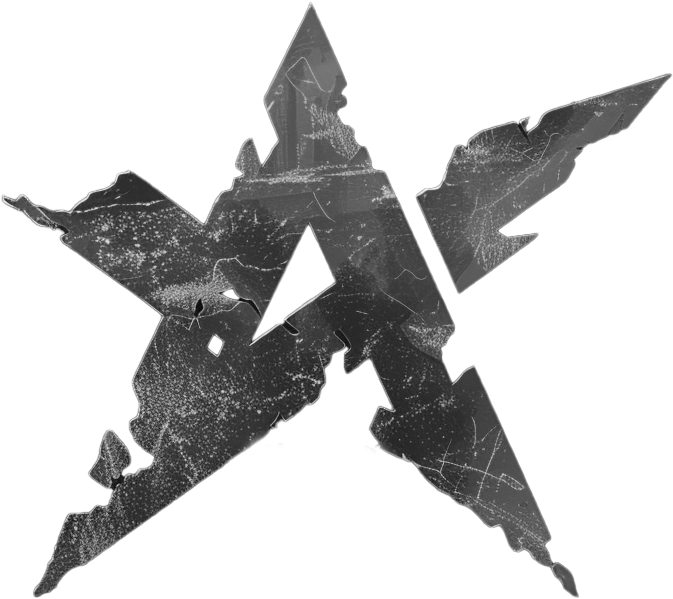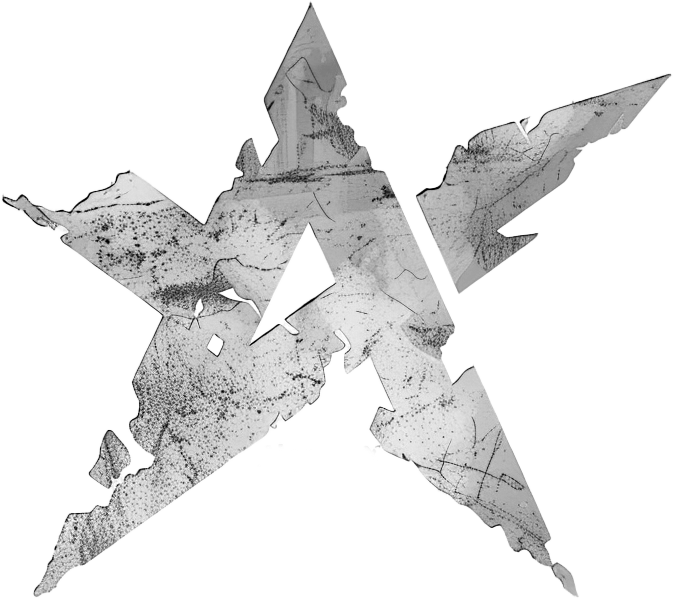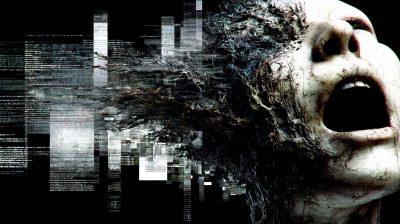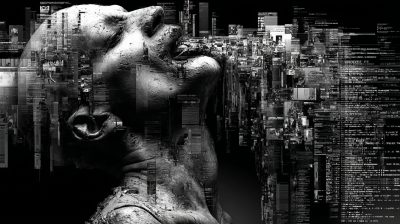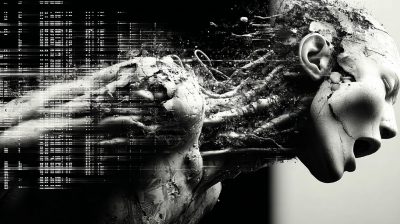The Brutal Efficiencies of AI in Media Design
The rise of AI in creative industries has been nothing short of revolutionary—and for many, terrifying. What once took teams of artists, designers, and musicians weeks or months to produce can now be generated in seconds with a well-crafted prompt. The efficiencies introduced by AI in media design are brutal in their speed, cost-effectiveness, and scalability, leaving human creators to either adapt or face obsolescence.
This article breaks down AI’s impact across three key domains—image generation, video generation, and music/sound production—before exploring what the near future holds for creative professionals.
1. AI Image Generation: The Death of Stock Photography (and Much More)
Tools like MidJourney, Stable Diffusion, and DALL·E 3 have decimated the demand for certain types of illustration and stock photography. Why pay for a photoshoot or commission an artist when an AI can generate a high-quality image in seconds?
Brutal Efficiency:
-
Speed: A human artist might take hours to days for a polished piece; AI does it in under a minute.
-
Cost: Near-zero marginal cost after initial training. No salaries, no royalties.
-
Customization: Need an image of a „cyberpunk cat wearing a leather jacket“? Done. No human illustrator needed.
Impact on Jobs:
-
Stock photographers, concept artists, and illustrators are the first to feel the squeeze.
-
Commercial art (advertising, branding) is increasingly AI-driven.
-
Survivors will be those who integrate AI into workflows rather than compete against it.
2. AI Video Generation: The Coming Storm for Filmmakers & Animators
While image generation is already mature, AI video generation is rapidly catching up. Tools like Runway ML, Pika Labs, and OpenAI’s Sora can generate short video clips from text prompts, and the quality is improving exponentially.
Brutal Efficiency:
-
Automated Editing: AI can cut, splice, and even generate B-roll footage without human intervention.
-
Deepfake & Lip-Syncing: AI can seamlessly dub actors into different languages or even resurrect dead performers.
-
Animation: Traditional frame-by-frame animation is being replaced by AI-assisted workflows.
Impact on Jobs:
-
Junior animators, video editors, and VFX artists will see reduced demand.
-
Low-budget productions (commercials, explainer videos) will rely heavily on AI.
-
High-end filmmaking will still require human oversight, but crews will shrink.
3. AI Music & Sound Generation: The End of Royalty-Free Libraries?
AI music tools like Udio, Suno, and OpenAI’s Jukebox can generate original tracks in any style, while voice synthesis (e.g., ElevenLabs) clones vocals with frightening accuracy.
Brutal Efficiency:
-
Instant Composition: Need a 90s-style hip-hop beat or a cinematic orchestral track? AI delivers in seconds.
-
Voice Replacement: Why hire a singer when AI can mimic any artist’s voice?
-
Sound Design: Procedural audio generation eliminates the need for foley artists in some cases.
Impact on Jobs:
-
Session musicians, jingle writers, and background composers are at high risk.
-
Podcasters & indie game devs will use AI voiceovers instead of hiring actors.
-
Top-tier musicians will survive, but the mid-tier market will shrink.

The Near Future: What Happens to Creators?
The trajectory is clear: AI will not eliminate all creative jobs, but it will drastically reduce the number needed. Here’s what to expect:
1. Mass Consolidation of Entry-Level Roles
-
Junior positions in design, editing, and music will shrink as AI handles grunt work.
-
Only those who can direct AI effectively will remain employed.
2. The Rise of the „AI Art Director“
-
Human creativity will shift from execution to curation—crafting prompts, refining outputs, and adding the „human touch.“
3. Explosion of Synthetic Media
-
AI-generated influencers, fully AI-made movies, and synthetic music hits will dominate low-to-mid-tier content.
4. Legal & Ethical Battles
-
Copyright wars over AI training data will intensify.
-
Governments may impose „human-made“ labeling requirements.
5. Niche Human Craft Survives (For Now)
-
High-end art, bespoke music, and auteur filmmaking will still value human creators—but at a premium.
Conclusion: Adapt or Perish
AI’s efficiency in media design is ruthless. It doesn’t hate artists—it simply doesn’t need them in the same numbers anymore. The creative jobs of the future will belong to those who harness AI as a collaborator, not those who reject it.
The brutal truth? The golden age of human-only creativity is over. The next era belongs to those who can merge human ingenuity with machine efficiency—before the machines learn to do even that without us.
